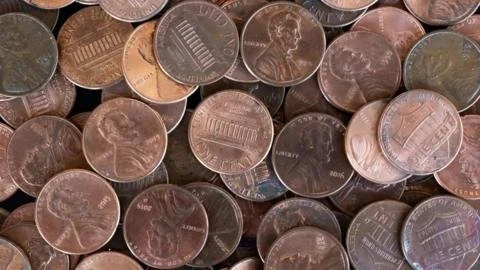Farewell to the Penny: US Mint Closes a Chapter After Over 230 Years
The US Mint is making history as it prepares to produce its last penny this Wednesday, marking the end of a coin that has been in circulation since 1793. This notable closure comes after more than 230 years of minting these small, one-cent coins.
The final batch of pennies will be struck at the Philadelphia Mint, but these coins will still remain in circulation despite the phase-out. This shift has already led businesses to start adjusting prices, as they express that pennies are becoming increasingly scarce. According to President Donald Trump, this decision is part of a broader effort to “rip the waste out of our great nation’s budget, even if it’s a penny at a time.”
Currently, it costs about four cents to produce a single penny, which is over double the production cost from a decade ago. The Treasury Department estimates that halting penny production will save the government about $56 million annually. With the rise of digital transactions, officials have argued that the penny’s usefulness is diminishing, as an estimated 300 billion pennies are still in circulation, far more than needed for transactions.
Interestingly, 60% of coins in circulation are often unused, sitting in households across the nation, representing approximately $60 to $90 per household according to a 2022 analysis.
However, as businesses begin to round prices up due to the absence of pennies, shoppers may face increased costs, potentially amounting to an extra $6 million annually for consumers, according to a study by the Richmond Federal Reserve.
Other countries have followed similar trends, with Canada eliminating pennies in 2012, and countries like Australia and New Zealand retiring lower denomination coins in the 1990s. The UK had considered phasing out its 1p coin in 2018, though that proposal was later dropped, while production of such coins will cease in 2024 due to the rising prevalence of electronic transactions.
Looking ahead, the focus may now shift to the nickel, which costs about 14 cents to produce, leading experts to anticipate that removing this coin would have a much larger impact on shoppers, potentially costing consumers around $55 million annually.

